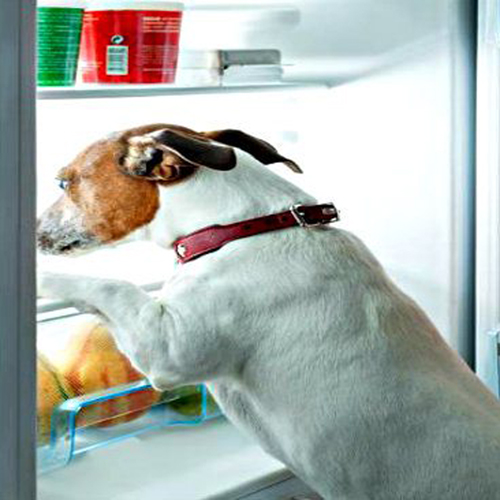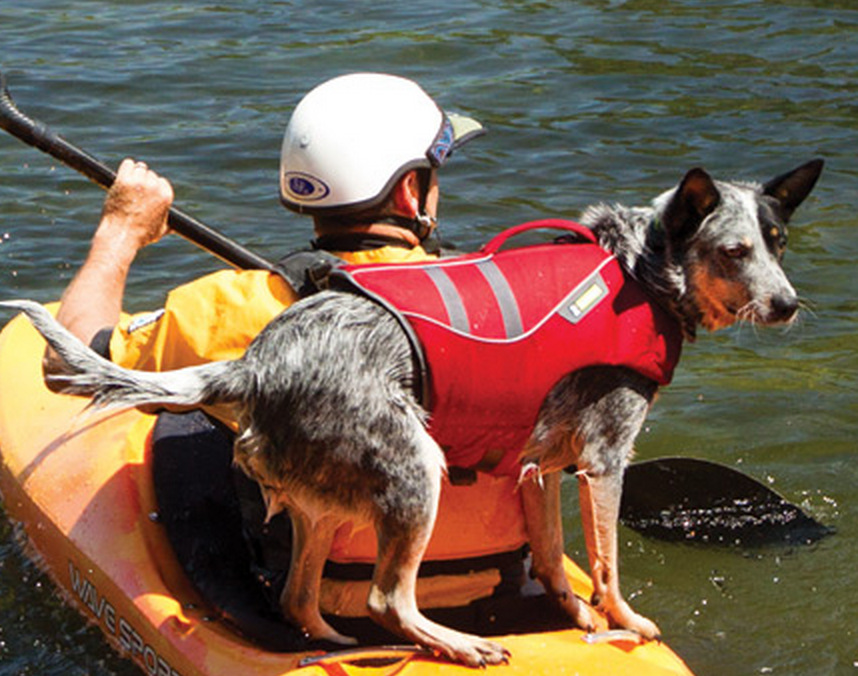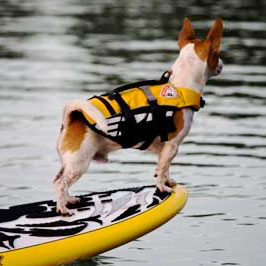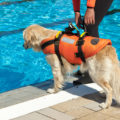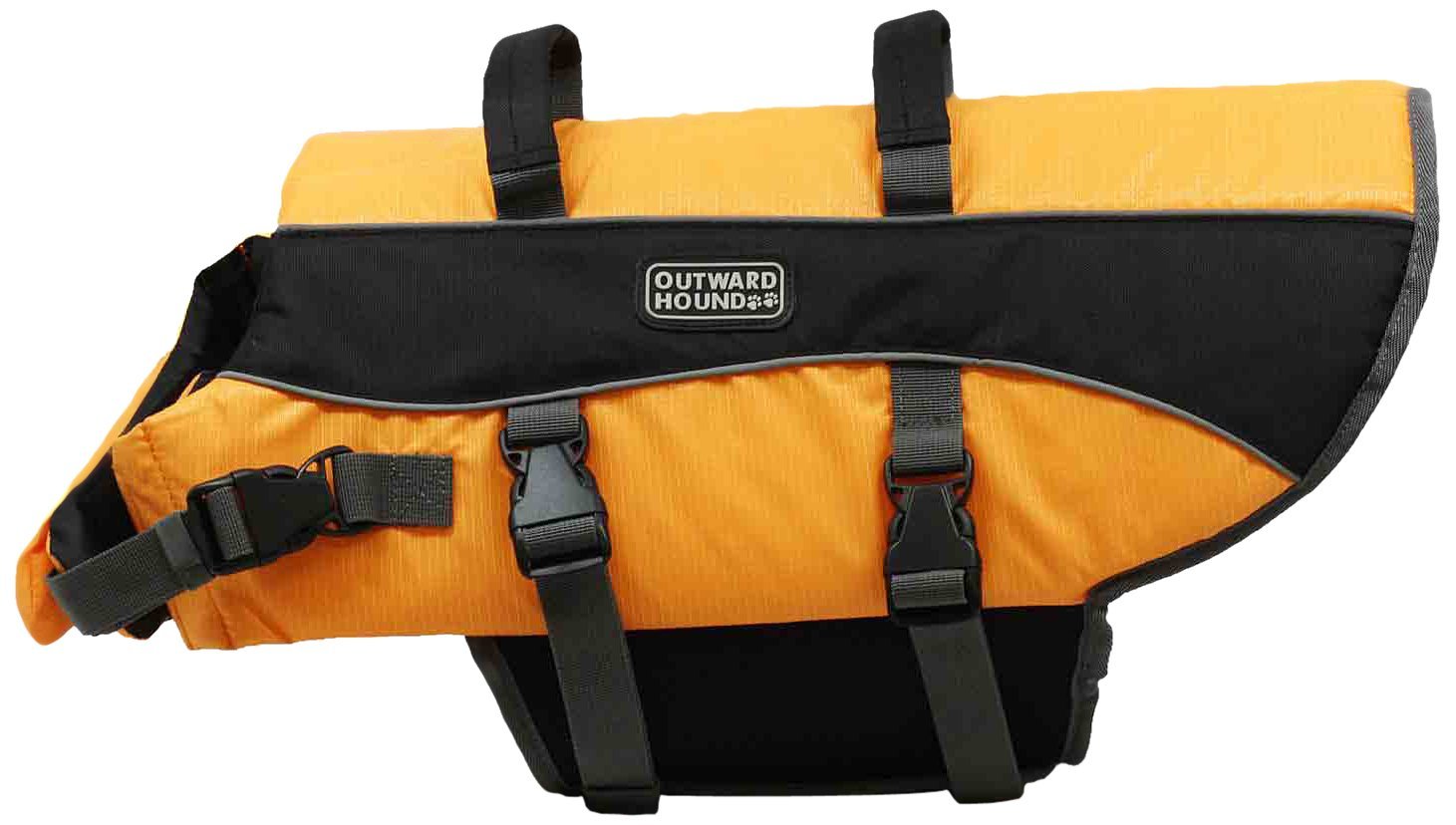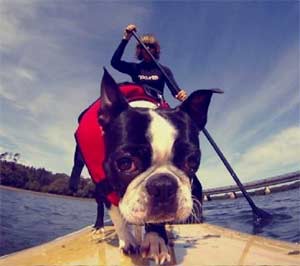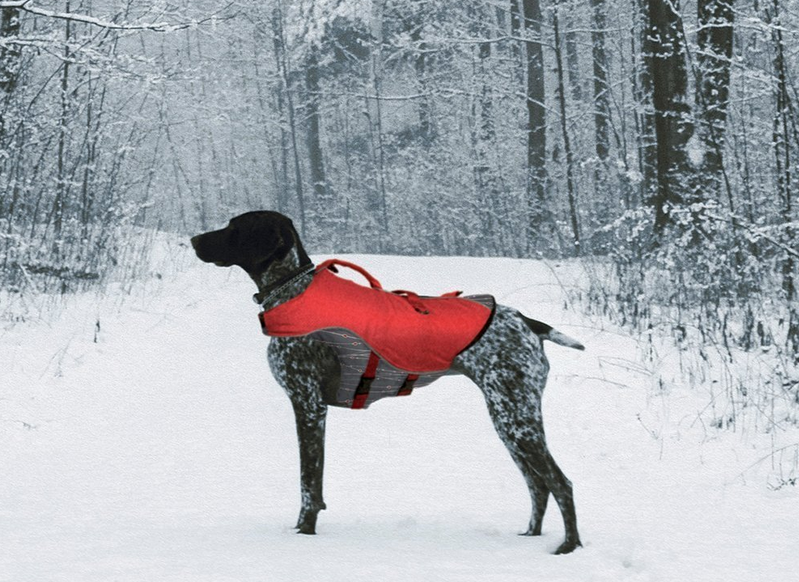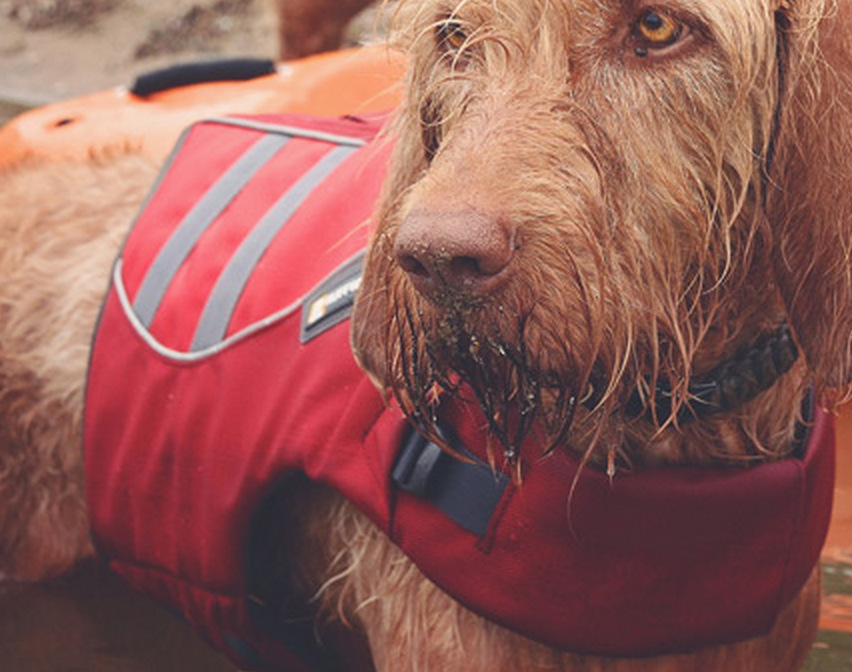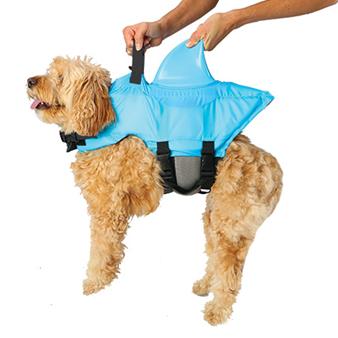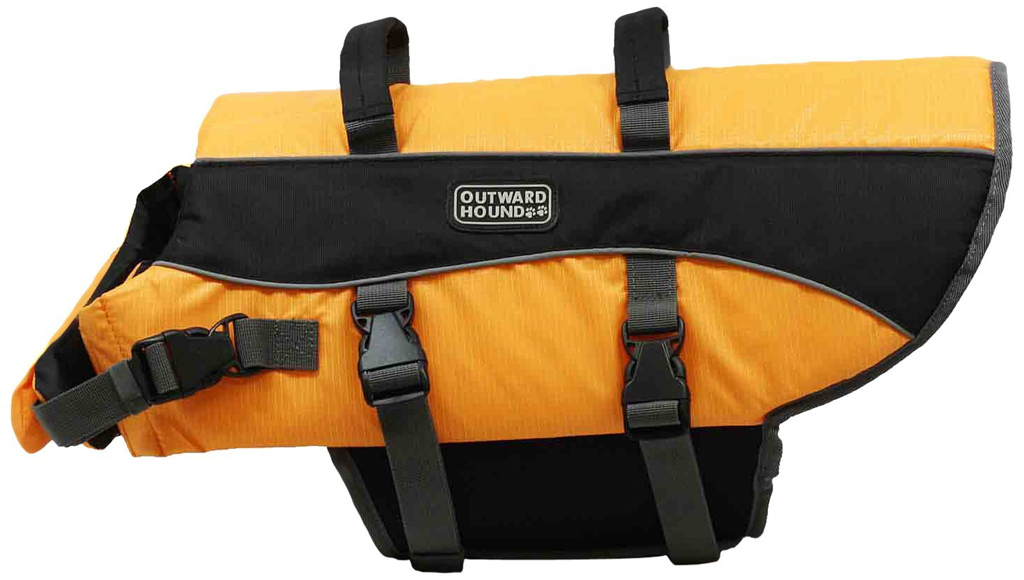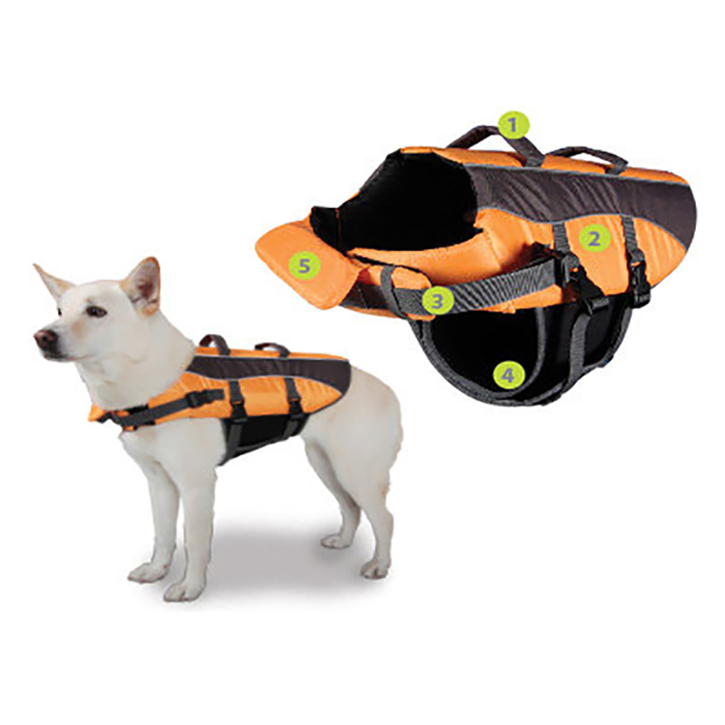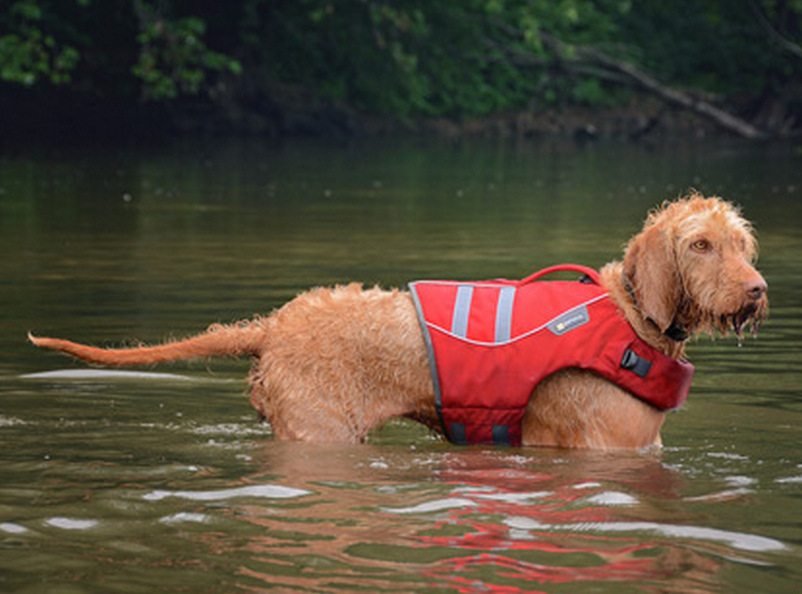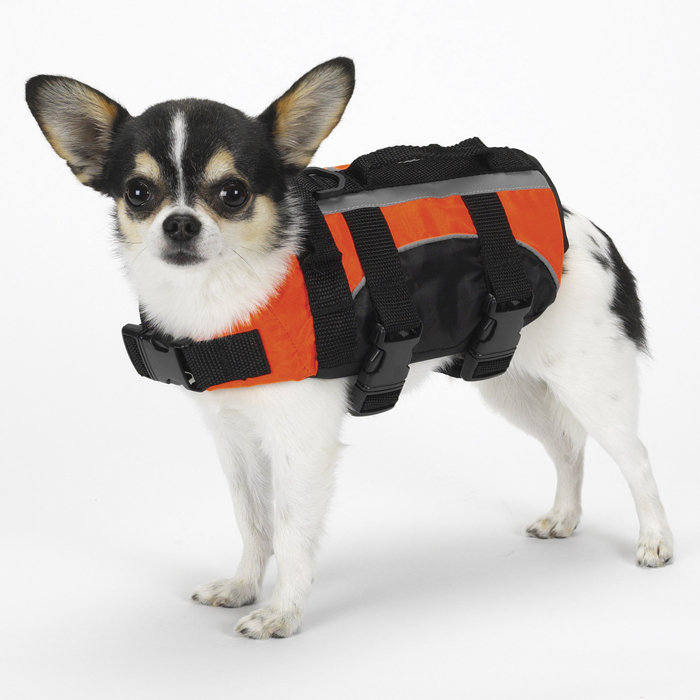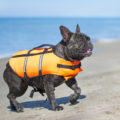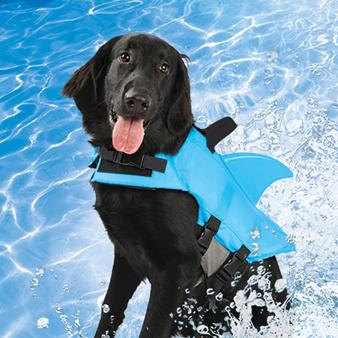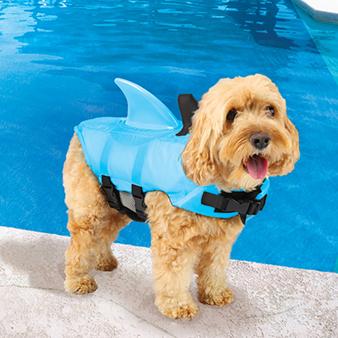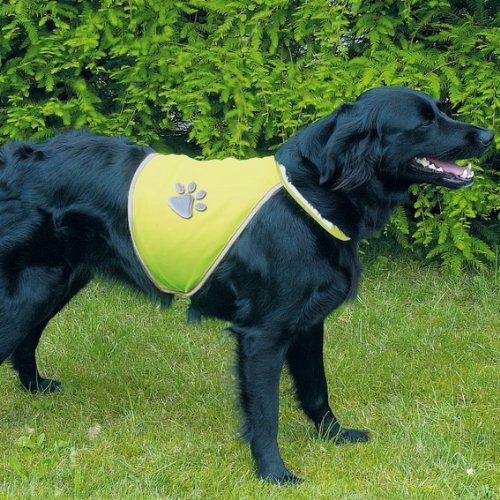We all love our furry little dog-buddies. So, of course, we want what is best for them. So, we wanted to make this list of Which foods can dogs eat and not eat.
When I worked for a popular chain of quick-serve, veterinary hospitals (seriously, we were known as the McDonalds of the industry), our kennels were constantly filled to the brim with pets suffering from well-intentioned, but misguided ownership.
I get it, it is super hard to ignore those huge, sad eyes, begging from beneath the dinner table. Humans love their pets and have the tendency to spoil them, sometimes leading to annoying or even life-threatening consequences.
The two busiest holidays for most veterinary offices, are Thanksgiving and Christmas Day. These are the two days that dog owners are more likely to give their pet human food.
The issue is, human digestive systems are much different than a dog’s. While the majority of veterinarians recommend no human food whatsoever, a little treat here or there probably won’t harm little Fido. However, there are some things a dog should never be fed.
Not Allowed:
Almonds, Pecans, Walnuts, Macadamia Nuts –
Almonds are not toxic to dogs, however, walnut, pecans, and macadamia nuts are. Almonds can block or damage your pet’s windpipe. Salted almonds have the added risk for water retention and that can be fatal in dogs with heart disease.
Macadamia nuts are one of the most poisonous foods to your dog. Ingesting them can cause:
- Vomiting
- High body temperature.
- Inability to walk.
- Lethargy.
- Disrupt the nervous system.
If your four-legged baby has accidentally ingested macadamia nuts, please have a thorough check-up at your local vet.
Chocolate:
Chocolate contains a stimulant substance called methylxanthines. This toxic substance can stop the dogs’ metabolic process, and in large amounts can cause:
- seizures.
- Irregular heartbeat.
- Possible death.
Be sure your pet does not have access to any chocolate. In case of accidental ingestion, have your dog seen by your veterinarian.
Garlic and Onions:
No, we are not just trying to avoid stinky dog breath. Garlic, onions, like leeks and chives, are part of a family called Allium plants which contain thiosulfate, which may be harmless to humans but can be toxic to dogs.
Garlic, in particular, can be up to 5 times more toxic than the rest. It does take quite a bit to be toxic (between 15 – 30 grams) so if Fido eats a little he will probably fine, but I would steer clear altogether, as it is not worth the risk. Garlic intoxication can cause:
- Anemia (can be distinguished by pale gums, weakness, and collapsing).
- Elevated heart rate.
- Vomiting.
- Diarrhea which then leads to dehydration.
- Loss of appetite.
- General Malaise (sense of being unwell, fatigue, loss of interest in activities).
- Delayed symptoms are common so be sure to monitor your dog beyond the moments after ingestion.
Bones: Specifically Poultry Bones:
Bone can splinter. They can do major damage to your pups’ insides. Those little slivers of bone can slice or get stuck in the intestines. If not discovered in time or if the damage is irreparable, it can be fatal. If you believe your dog has gotten his paws on a chicken bone, get him into the vets’ office.
Ice Cream:
I know, I know. Who doesn’t love cold, sweet ice cream, especially on a hot summer day? The reason we have to be careful with this treat is not only due to the amount of sugar, but also because dogs can be lactose intolerant, just like their humans. The symptoms are not fatal but can be uncomfortable for you and your favorite furball.
- Vomiting.
- Diarrhea.
- Gas.
The difference is, that your dog can’t tell you that he is lactose intolerant. Avoidance is the best bet, just in case.
Grapes & Raisins:
Grapes and raisins are never ok to feed your dog. They contain certain compounds that are toxic to canines. Even one or two could make your dog super sick. Some of the more serious symptoms can include:
- Nausea / Vomiting.
- Rapid kidney failure, which of course, can then lead to death.
There is also the choking risk, especially if your pup, like mine, inhales their food. Avoid them all together (for your dog, you can eat ‘em all you want!). If your dog does get ahold of raisins or grapes, bring him to your nearest animal hospital.
Some of the foods that are safe to share in moderation with your pooch:
Cheese
Like..a bite or two. Cheese can cause constipation and digestive issues for doggy tummies that are sensitive to dairy products.
Tuna
Nope, not just for cats, or me, with potato chips, on golden toasted white bread… Great, now I’m hungry. In all seriousness, yes, your dog can have some tuna fish. Preferably fresh, however, if it must be canned make sure it is the one in water, not oil. Skip the seasoning too.
Carrots
Raw or cooked, carrots are a healthy snack for your dog. They are a great source of vitamins, minerals, and fiber. They are also low in calories.
Peanut Butter
Peanut Butter is ok, but not too much. Peanut Butter is high in fat and calories which can lead to unnecessary weight gain. Be sure that Fido only gets unsalted, plain, peanut butter.
Eggs
They need to be cooked, no raw eggs for your pooch. While the raw egg itself may not make them sick, if salmonella is present it can cause digestive problems.
Salmonella can also be spread from the dog to its human. Cooked eggs can be an excellent source of protein, and many different vitamins, and minerals.
Salmon
Salmon is a great source of Omega-3 fatty acids, which can reduce inflammation. It also can help give your pet a shiny, healthy coat. Gorgeous!
Blueberries
A healthy, sweet treat that your dog will absolutely love. Blueberries are rich in disease-fighting antioxidants and provide a wide range of vitamins and minerals. They are also an excellent source of fiber.
This is only a partial list. There are plenty of foods out there that are totally safe. If you are considering introducing human food to your dogs’ diet, do so gradually. If you are unsure if it is safe, do your research or consult a veterinarian. When in doubt, check it out.
Possible Consequences of Feeding Fido Table Scraps:
While the food we listed above is relatively safe to feed your dog. They, like humans, can develop or even be predisposed to certain health complications.
Obesity
Even as someone who should know better, I too, have been guilty of this. My beloved beagle, Chance was such a chunky-butt. At least up until he was about 6. He couldn’t breathe and had difficulty running.
It broke my heart. So we had to put him on a strict diet and exercise regimen (no joke, that dog was my life!) and in the last 9-10 years of his life, my Chance was quite the slim and handsome fellow! Not to mention much healthier.
When dogs are obese they develop many of the same health issues as their human counterparts. It can also cause long term damage to your pup’s organs, such as the heart, kidneys, and liver.
They also have difficulty carrying the extra weight so tend to be more prone to joint pain, hip dysplasia, and back problems. You do not have to cut human food completely out of their diet, but it is best kept to a minimum.
If your buddy is already putting on the pounds, we have compiled a list offering some healthy alternatives below.
Diabetes
Diabetes is an incurable disease that affects both animals and humans.
Insulin-deficiency diabetes is when your dog’s body is not making enough insulin. These pets will need daily shots to replace the missing insulin.
Insulin-resistance diabetes is when the pancreas is producing some insulin, but the animal’s body is not using it correctly. This type of diabetes is more likely to develop in elderly or overweight dogs.
Some of the general symptoms of diabetes in your dog:
- Excessive thirst.
- Increased urination.
- Weight loss.
- Increased appetite
As the disease becomes more pronounced, other symptoms may start being noticeable.
- Lack of energy.
- Loss of appetite.
- Depression.
And more seriously:
- Cataracts.
- Enlarged liver.
- Seizures.
Ketoacidosis (a life-threatening condition that exhibits such symptoms as; rapid breathing, dehydration, lethargy, vomiting, sweet smell to their breath).
If you believe that your dog could be diabetic, schedule a veterinary appointment. The testing is quite simple and non-invasive. The treatments are pretty easy too.
It is well worth it since your four-legged, best friend, may end up having diabetic complications that can be fatal if left undiagnosed or untreated.
Heart complications
There are a few breeds who are more likely to get heart disease or other heart-related ailments. Add an unhealthy diet to any existing issues and you are asking for problems.
Now, this does not mean that Fido has to avoid all human food, even if he has serious heart problems like CHF (Chronic Heart Failure). Modifying their options, even just a little, will help tremendously.
- NO salt. Not even a pinch.
- Boiled instead of fried, ie: chicken.
- No sugar, or the least amount possible.
Regular health checkups. Your Veterinarian may want to see your dog every 6 months, and it is important to follow through with these visits and any preventative testing that is recommended.
Moderation and exercise. Don’t overdo it. A bite of human food here and there is more than enough.
Allergies
Yes, dogs can have food allergies. And just like us, we typically do not know what will cause an allergic reaction until one actually happens. Again, whenever you are introducing your pet to new foods, do so slowly, that way you can monitor and note any possible issues.
Some of the common signs of an allergic reaction:
- Facial / tongue swelling.
- Vomiting.
- Diarrhea.
- Excessive drooling.
- Pawing at their face.
Hair loss can also be caused by an allergy to food (although, there are other causes as well).
If you are worried that your pet may be experiencing an allergic reaction, bring him in to be seen by your vet as soon as possible.
There are also many DIY recipes to make your pup a healthy alternative at home!
Thanks to Puppy Leaks for these awesome, 5 ingredients (or less!) homemade recipes.
Peanut Butter Treats
These are awesome. Your pooch will go crazy for these little bites of heaven!
What you’ll need:
- 2 C. Flour
- ½ C. Peanut Butter (plain/unsalted)
- 2 Eggs
Directions:
- Preheat Oven to 350 F.
- Mix all ingredients until mostly well combined.
- Add water, about one tbsp at a time, until workable enough to roll out the dough.
- Roll out the dough and use your favorite cookie cutter to cut out bite-sized treats.
- Place the treats on a baking sheet and cook for about 10-15 minutes.
You can store these in an airtight container for up to a week in the pantry. You can also freeze half for later use.
Chicken Treats
Yeah, baby! What pooch doesn’t like chicken? Even if your little Fido is a bit of a weirdo, and does not care for chicken (what?!?!) you can substitute the chicken for whatever he does like (beef, ham, etc).
What you’ll need:
- 1 C. cooked, finely diced, chicken
- ½ C. cooked, mashed rice
- 3 Tbsp. Rice Flour
- 1 Egg
- 1 Tbsp. Parsley
Directions:
- Preheat oven to 350 F.
- Combine all ingredients, mix well.
- Spoon into your favorite mold (they have the cutest dog bone shaped ones!)
- Bake for 20-30 minutes or until golden brown on top.
- Cool, remove from molds.
These can be stored in the refrigerator for up to 5 days, or in the freezer for 3 months.
Frozen Apple Dog Treats
Ok, so I felt terrible about denying your cute little doggie the wonders of ice cream. To ease my guilt, I found a healthy frozen alternative!
What you’ll need:
- 2 Apples.
- 1 C. plain non-fat yogurt.
- Ice Cube Trays.
Directions:
- Dice the apples into small pieces, be sure to remove the core and seeds!
- Mix the diced apples and yogurt in a blender.
- Add just a splash of water.
- Blend to a liquid consistency.
- Pour into ice trays.
- Place in freezer for two hours or until frozen.
Store these in the freezer for up to a month (if they last that long)
So there you have it, this is our complete list of which foods can dogs eat and not eat. There is no need to deprive your beloved furbaby the things he enjoys in life. You just have to be smart about it. As long as your pet isn’t eating human food all day every day, and is getting adequate exercise, he should be fine.
Always second guess yourself. Know what you are feeding your furry mate. Know the possible adverse reactions that can be caused by whatever food you are attempting to give your dog.
And keep a qualified veterinarian on speed dial, ya know, just in case. We woof you too, boy. We woof you, too. Happy munching!
